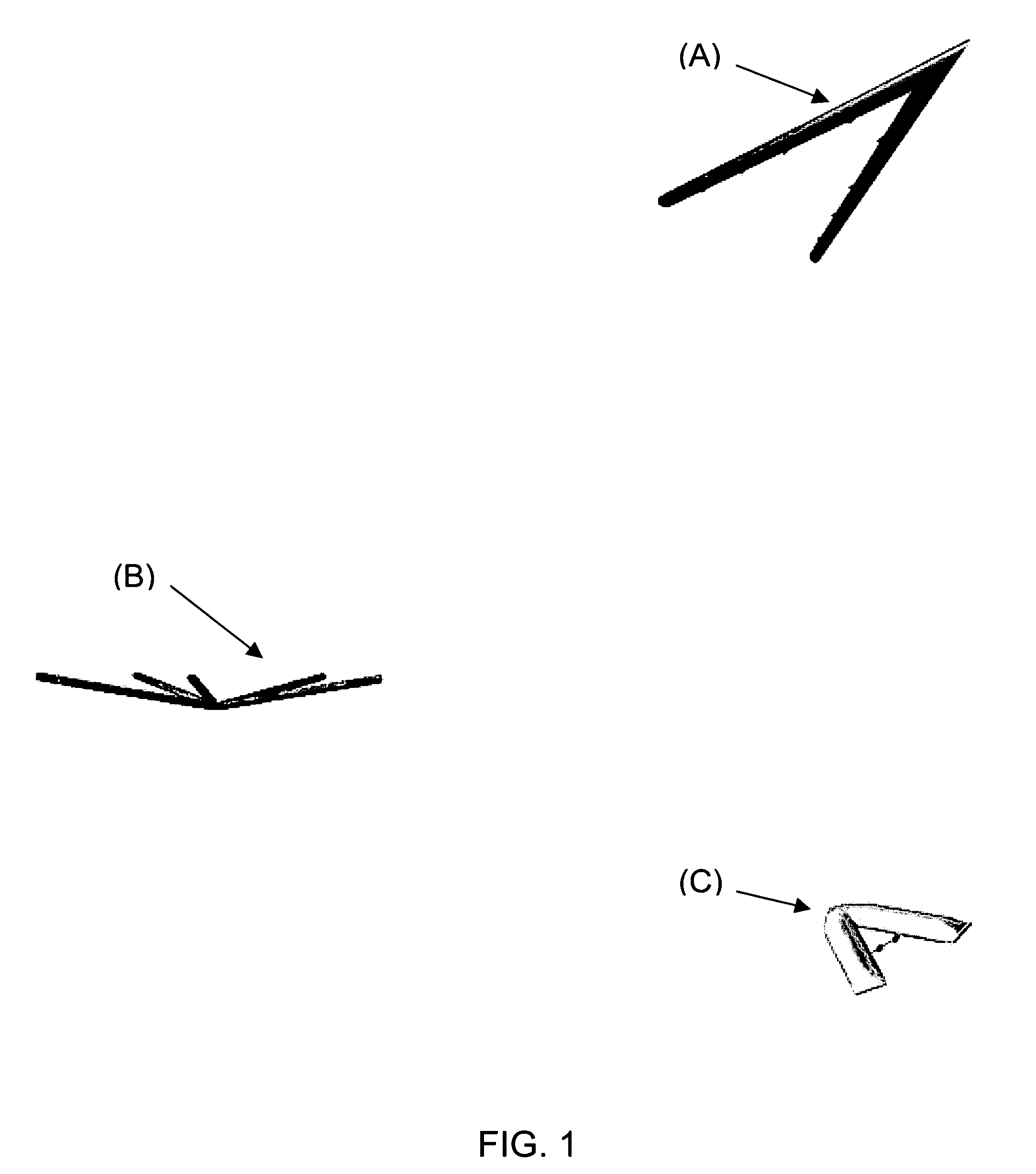Method of traveling to Earth's orbit using lighter than air vehicles
a technology of air vehicles and orbits, applied in the direction of space shuttles, transportation and packaging, cosmonautic vehicles, etc., can solve the problems of inability to fly an airship directly from the ground to orbit, airships that could fly from the ground to the upper atmosphere would not be light enough to reach space, and the wind near the surface of the earth would not be strong enough to survive the wind near the surface of the earth. , to achieve the effect of reducing undesirable forces and improving safety
- Summary
- Abstract
- Description
- Claims
- Application Information
AI Technical Summary
Benefits of technology
Problems solved by technology
Method used
Image
Examples
embodiment
Operation Main Embodiment
[0046]The high altitude airship flies from the ground to the station at 90,000 to 140,000 feet. It is the first step in the process. It will carry people and cargo from the ground to the buoyant transfer station.
[0047]When this airship leaves the ground, it climbs at a high angle of attack, up to seventy degrees. This puts the vehicle into an upward buoyancy dive. The airfoil cross-section of the wings of the airship convert this upward motion into forward motion. This is the same as a glider converting downward motion into forward motion by means of its wings.
[0048]The high altitude airship cannot reach orbit. The orbital airship cannot reach the ground. The buoyant transfer station and docking facility is the connection between the two vehicles.
[0049]The orbital airship flies from the buoyant transfer station in the upper atmosphere to orbit. It uses a combination of electric and chemical propulsion to slowly over several days reach orbit. The orbital vehi...
PUM
 Login to View More
Login to View More Abstract
Description
Claims
Application Information
 Login to View More
Login to View More - R&D
- Intellectual Property
- Life Sciences
- Materials
- Tech Scout
- Unparalleled Data Quality
- Higher Quality Content
- 60% Fewer Hallucinations
Browse by: Latest US Patents, China's latest patents, Technical Efficacy Thesaurus, Application Domain, Technology Topic, Popular Technical Reports.
© 2025 PatSnap. All rights reserved.Legal|Privacy policy|Modern Slavery Act Transparency Statement|Sitemap|About US| Contact US: help@patsnap.com



